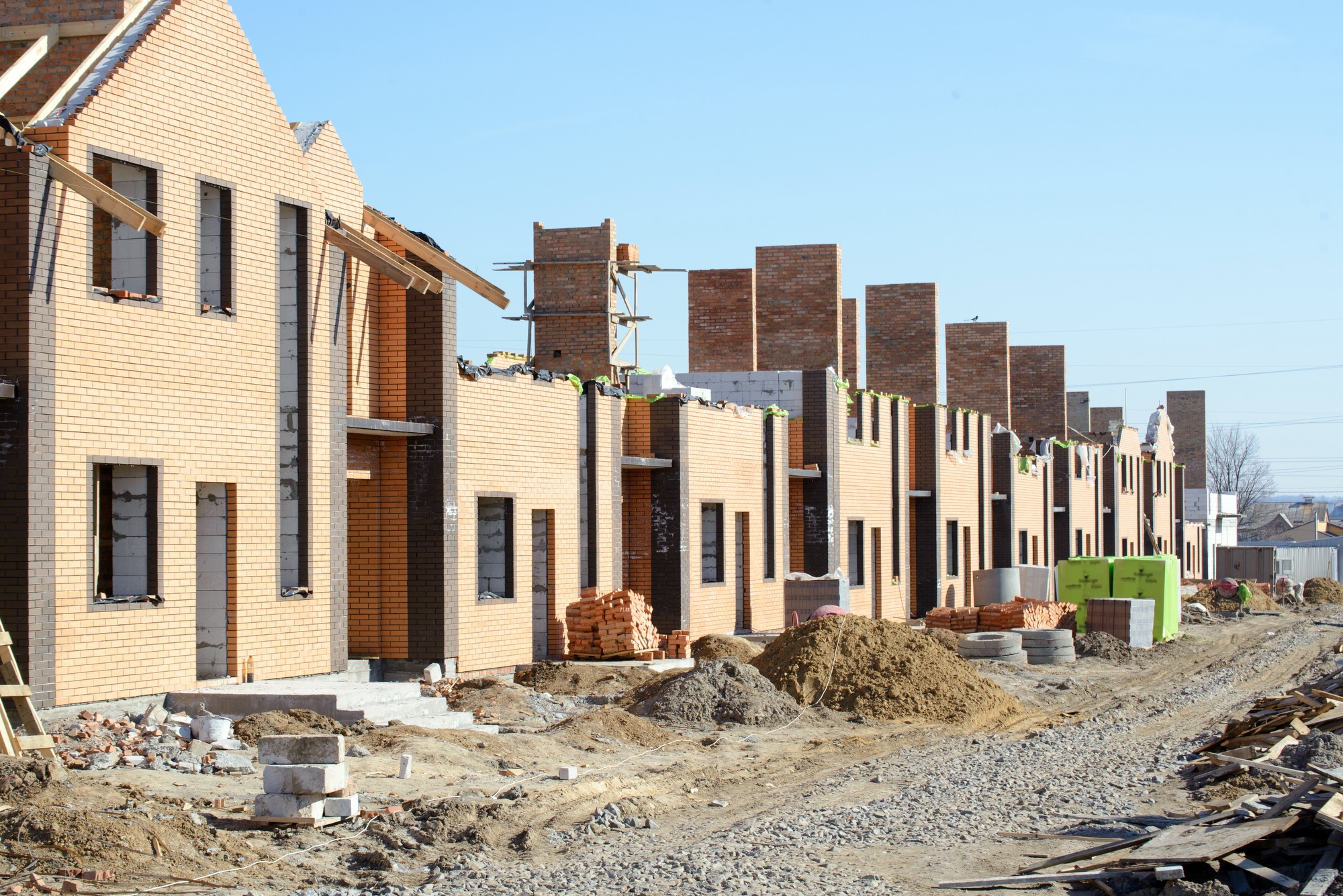By Nick Chapallaz, Managing Director, GeoPlace

For two years there’s been a huge amount of effort going into the release of Unique Property Reference Number (UPRNs), Unique Street Reference Numbers (USRNs) and related x,y coordinates as open data – and now we’re there. From today, our long-term vision for the ubiquitous use of the identifiers is a step further to becoming a reality. Government Digital Services’ (GDS) has mandated the use of unique identifiers right across government and a commensurate increase in realisable benefits to us all can begin in earnest.
The highly significant release of a new address dataset in OS’s AddressBase Core adds to the sense of progress in this timeline. GeoPlace has always wanted to see more wide-spread use of these identifiers and, speaking broadly, to make it easier for everyone to benefit from the power of location data.
Many people have described the identifiers as a ‘golden thread’ – recognising their value in linking and connecting data, delivering accuracy and certainty to analysis and processes within and between organisations. Now the barriers have been removed for anyone who wants to use and share data this way, opening-up new potential efficiencies in every sector of our economy.
My personal belief is that the societal and economic benefits of these ‘simple numbers’, addresses and streets are almost limitless. To be 100% sure two parties are dealing with the same street or property can be critical – life-changing, even.
Consider the impact on emergency services, getting to the right place; health services pinpointing outbreaks of COVID; tax agencies combating fraud; banks qualifying mortgage applications instantly, and utilities digging up the right road in the right place at the right time … these are all directly enabled by these identifiers, coordinates and related street and address data.

The ways in which we can use this data are so much broader than we might have imagined, back in the day. We started writing the first part of BS7666 (the British Standard that underpins today’s potential), back in 1993. The standard and its usage in systems for the past almost 30 years provides the foundation for onward and greater use of the data.
The reality is that these streets, address and identifiers datasets are far from simple. They are complex and dynamic, reflecting the constant change in the world around us and the multitude of ways in which we describe it. We deal with up to 70 million data changes a year and the infrastructure that ensures our output remains reliable is intricate and precise. We add value and bring structure and consistency to that information to create the National Address Gazetteer (NAG) and National Street Gazetteer (NSG) so that businesses and government can depend on it and from which the open identifiers and geometry are extracted. We do that through highly developed and clearly defined standards, guidelines and codes of practice to deliver the best possible data quality.
Local street and address custodians across the country and the GeoPlace team have an intimate connection to the potential of location data. We’re so close to it, to the creation of it, we can see who relies on the information and the difference it can make for people who use it and rely on it– from the communities served by local authorities to consumers of internet platform services, to policy makers across government.

The truth is local authorities should be given much more recognition and credit for their work and the value they deliver, not only to their local customers but also to the nation’s economy, collectively. Just look at the case studies we’ve published about their work over the past 18 years – it’s all based on access to that ‘simple’ data.
We’re excited, not just by this announcement and how it will help, but by the backing and determination of government through the Geospatial Commission to realise the value of geospatial data and investing to make this happen.
There’s still a long way to go, we know that. Many of our colleagues will look back at what we might call ‘false starts’ along the way and, it has to be said, the commitment to making progress has not always been easy. However, for more than 20 years, local government has had the vision, and been acting on its aspiration for linking and embedding this data in its operations and decision-making – but there is more to do. Centralising street and address data storage, removing duplication and adding accuracy and efficiency to a host of processes – the GDS mandate brings this imperative directly back to central government, which is largely just starting out on that same journey.
Colleagues at the heart of government, centrally, will need to learn from their local government counterparts. There’s a wealth of knowledge and experience to be drawn from, to avoid pitfalls and expedite efforts that can achieve maximum value.
It is important, though, to remember the identifiers and coordinates are being released are just one part of a wider and long-standing vision to create open and easy access to land and property information. This vision reflects that broader, long-term economic and societal value – not least for the provision of enough affordable housing, giving people a home and identity, lifting them out of poverty and providing basic services. These are real issues we still face in the UK, as does almost every nation in the world at some level.

The origins of this vision can be traced to the work, thinking and writing of economists and land surveyors such as Hernando Do Soto and Professor Peter Dale in the 1970s and 80s. They recognised the fundamental importance of individual property rights. A well-structured property market is key to a successful economy, and accurate data and unambiguous referencing are paramount.
I was fortunate to work for Peter as a Research Fellow in the early 90s. From what became the University of East London and then University College London, Peter’s work spanned every continent of the world, introducing cadastral systems that defined land and property as a documented asset and gave individuals identity. These systems are essential for the property markets and the success of the broader economy in those countries today.
Bereft of a similar cadastral system in the UK, we have lacked the access and tight connections between data that these systems hold and that might have realised that same extent of related benefits for us, too.
While the formation of the Geospatial Commission, the Geo6, the new Public Sector Geospatial Agreement (PSGA) and announcements such as the release of HM Land Registry and Registers of Scotland INSPIRE spatial polygons data are highly positive, we generally still need to work extremely hard or run-up a very large bill to piece equivalent data together in the UK.
This release of identifiers and coordinates as open data and the availability of easier-to-use, more-affordable address and street datasets are vital steps towards that end goal. There’s more to do, and GeoPlace is ideally placed to help any organisation or business that wants to come with us on that journey. In the meantime, we will strive to maintain and develop our processes to produce the highest quality of definitive data and support anyone who wants to gain value from it, today.
It’s taken a while to get here. We’re delighted to see that uses for this data now go well beyond the property market, to almost every sector of the economy – from health care to insurance, infrastructure development to mitigation of COVID-19, and all the way from local logistics to nation-wide environmental work.
In many ways, our own work is just beginning.
See https://www.geoplace.co.uk/power-of-place for more information.

By Nick Chapallaz, Managing Director, GeoPlace



